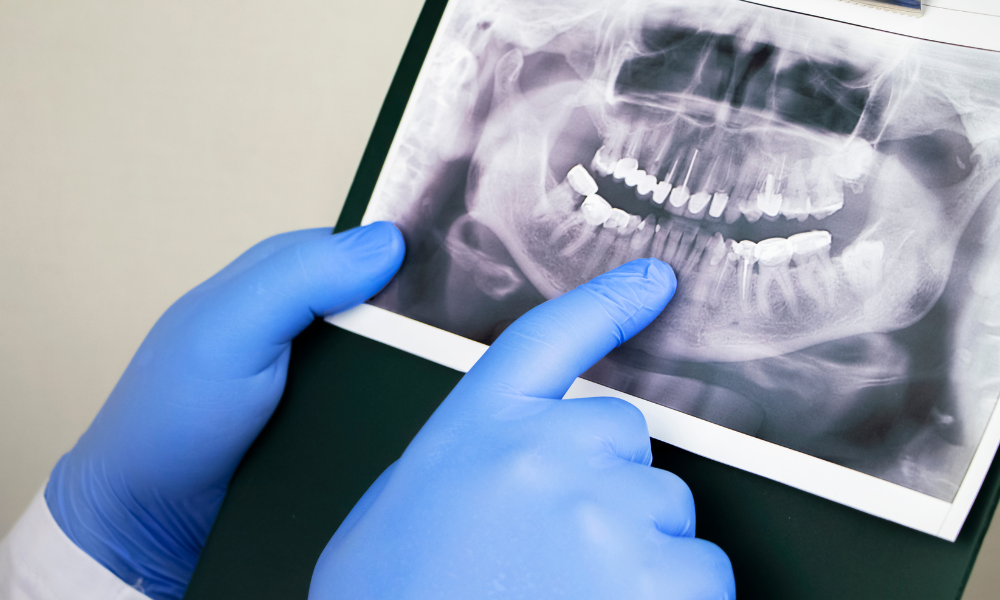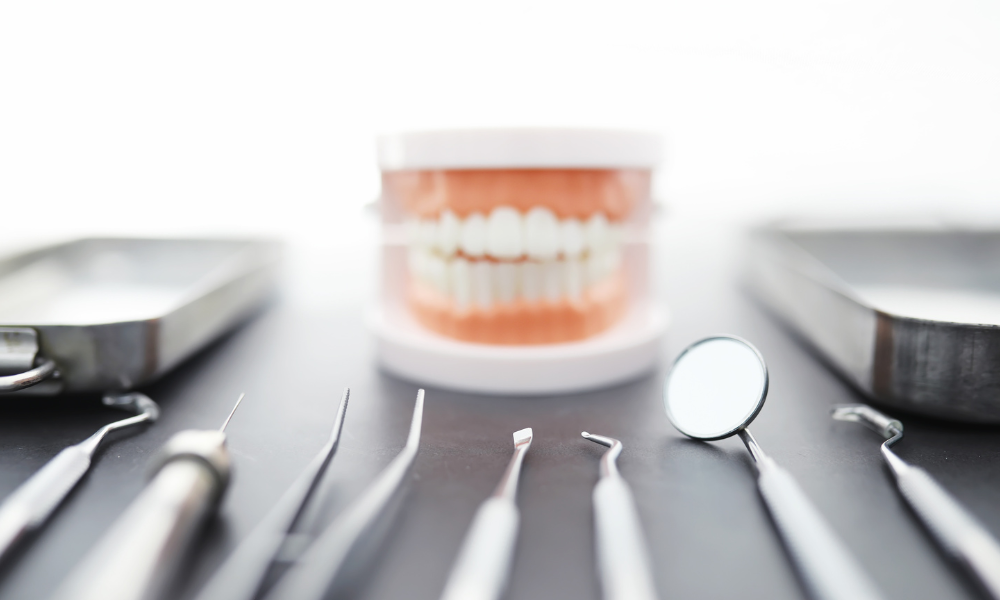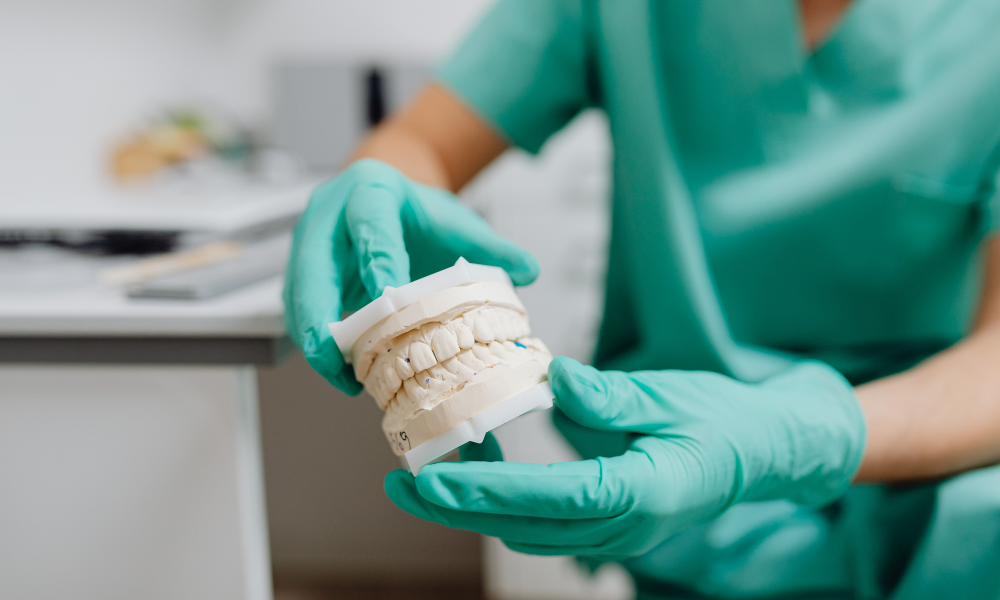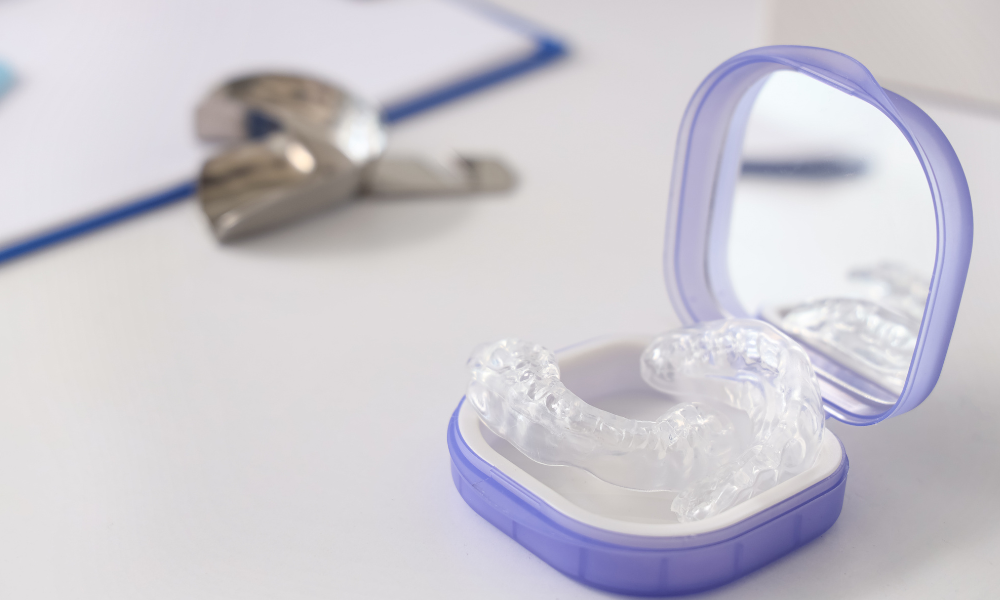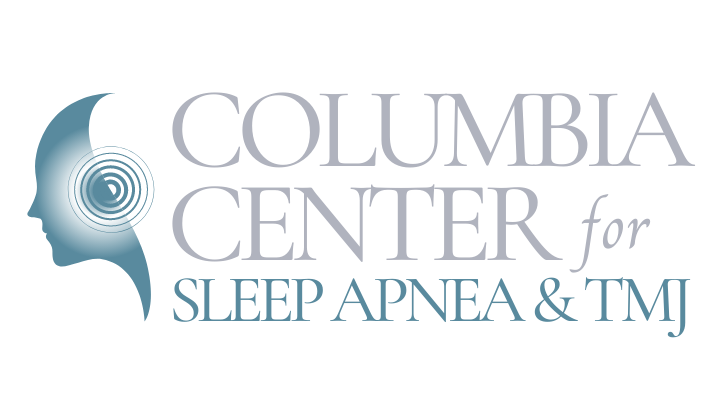
Orofacial pain conditions such as temporomandibular joint disorders (TMD/TMJ), myofascial pain, atypical tooth pain, trigeminal nerve disorders, and neurovascular and neuropathic pain can greatly impact an individual's quality of life. Traditional treatment options, including medications, physical therapy, and invasive procedures, may not always provide the desired relief or may come with unwanted side effects. Dr. Bloxham at Columbia Center for Sleep Apnea and TMJ is dedicated to treating and managing orofacial pain conditions using a comprehensive, patient-centered approach. Among the range of treatments available, biofeedback therapy presents a non-invasive, evidence-based solution for managing orofacial pain conditions by helping patients learn to control their involuntary physiological responses and reduce pain, stress, and tension.
Biofeedback therapy utilizes sensitive electronic instruments to monitor and provide real-time feedback on various physiological functions, such as heart rate, muscle tension, and temperature. By observing these functions, patients learn to recognize and manage the physiological responses associated with pain and stress, ultimately gaining control over them. Biofeedback has been recognized for its effectiveness in treating various pain conditions, including orofacial pain, migraines, and tension headaches. It can also address associated issues such as anxiety and stress, which may contribute to or exacerbate pain symptoms.
In this article, we will explore the principles of biofeedback therapy, the various types of biofeedback techniques relevant to orofacial pain management, and how incorporating biofeedback therapy into your treatment plan can help you achieve improved comfort and control over your pain. By understanding the potential benefits of biofeedback therapy, you can make informed decisions about your pain management strategy and determine if this non-invasive treatment method may be a suitable addition to your plan under the guidance of a knowledgeable healthcare provider like Dr. Bloxham at Columbia Center for Sleep Apnea and TMJ.
Understanding the Principles of Biofeedback Therapy
Biofeedback therapy utilizes sensitive electronic instruments to monitor and provide real-time feedback on various physiological functions, such as heart rate, muscle tension, and temperature. By observing these functions, patients learn to recognize and manage the physiological responses associated with pain and stress, ultimately gaining control over them. Biofeedback has been recognized for its effectiveness in treating various pain conditions, including orofacial pain, migraines, and tension headaches. It can also address associated issues such as anxiety and stress, which may contribute to or exacerbate pain symptoms.
Types of Biofeedback Techniques for Orofacial Pain Management
1. Electromyography (EMG) Biofeedback
EMG biofeedback focuses on monitoring muscle tension through the use of electrodes placed on the skin. This technique is particularly relevant for orofacial pain conditions such as TMD/TMJ and myofascial pain, as it enables patients to learn how to recognize and control jaw and facial muscle tension, thereby reducing pain symptoms and preventing further complications.
2. Thermal Biofeedback
Thermal biofeedback measures skin temperature using a small, non-invasive thermometer placed on the skin. Changes in skin temperature are often associated with blood flow and can indicate a stress response. By learning to control their skin temperature, patients can develop a better understanding of their body's stress signals and work to decrease their response to stress, ultimately reducing pain symptoms.
3. Respiratory Biofeedback
Respiratory biofeedback utilizes sensors to monitor breathing rate, rhythm, and depth. By learning to control and optimize their breathing, patients can promote relaxation, decrease stress, and better manage their orofacial pain symptoms.
Integrating Biofeedback Therapy into Your Treatment Plan
When considering biofeedback therapy as part of your orofacial pain management strategy, it is essential to consult with a knowledgeable healthcare professional, such as Dr. Bloxham at Columbia Center for Sleep Apnea and TMJ. He can help you determine if biofeedback therapy is a suitable addition, develop a plan tailored to your specific needs, and offer guidance on how to incorporate the technique effectively into your daily life. Here are some general guidelines for integrating biofeedback therapy into your treatment plan:
1. Establish a Baseline
Work with Dr. Bloxham to monitor and establish a baseline of your physiological functions. Understanding your body’s natural patterns will enable you to recognize any deviations associated with stress or pain and provide a starting point for any necessary adjustments.
2. Practice Regularly
Consistency is critical when using biofeedback techniques. Regular practice helps strengthen the mind-body connection, ensuring that you become more adept at recognizing and controlling your involuntary physiological responses over time.
3. Combine Biofeedback with Other Treatment Modalities
Biofeedback therapy should not act as a stand-alone treatment for orofacial pain but rather as a complementary method alongside other treatments such as medication, physical therapy, or relaxation techniques. By combining biofeedback with other methods of pain management, you can optimize your treatment plan and achieve greater control over your pain symptoms.
Conclusion
Biofeedback therapy offers a non-invasive, evidence-based treatment option for managing orofacial pain conditions by teaching patients to control their involuntary physiological responses and reduce pain, stress, and tension. When combined with other treatment modalities under the guidance of a knowledgeable healthcare provider like Dr. Bloxham at Columbia Center for Sleep Apnea and TMJ, biofeedback therapy can help patients achieve improved comfort and control over their pain. By understanding the potential benefits of biofeedback therapy and integrating this technique into your pain management strategy, you can work towards a healthier, more comfortable future free from orofacial pain. Contact us today for more information on our
TMJ treatment in Richland.


